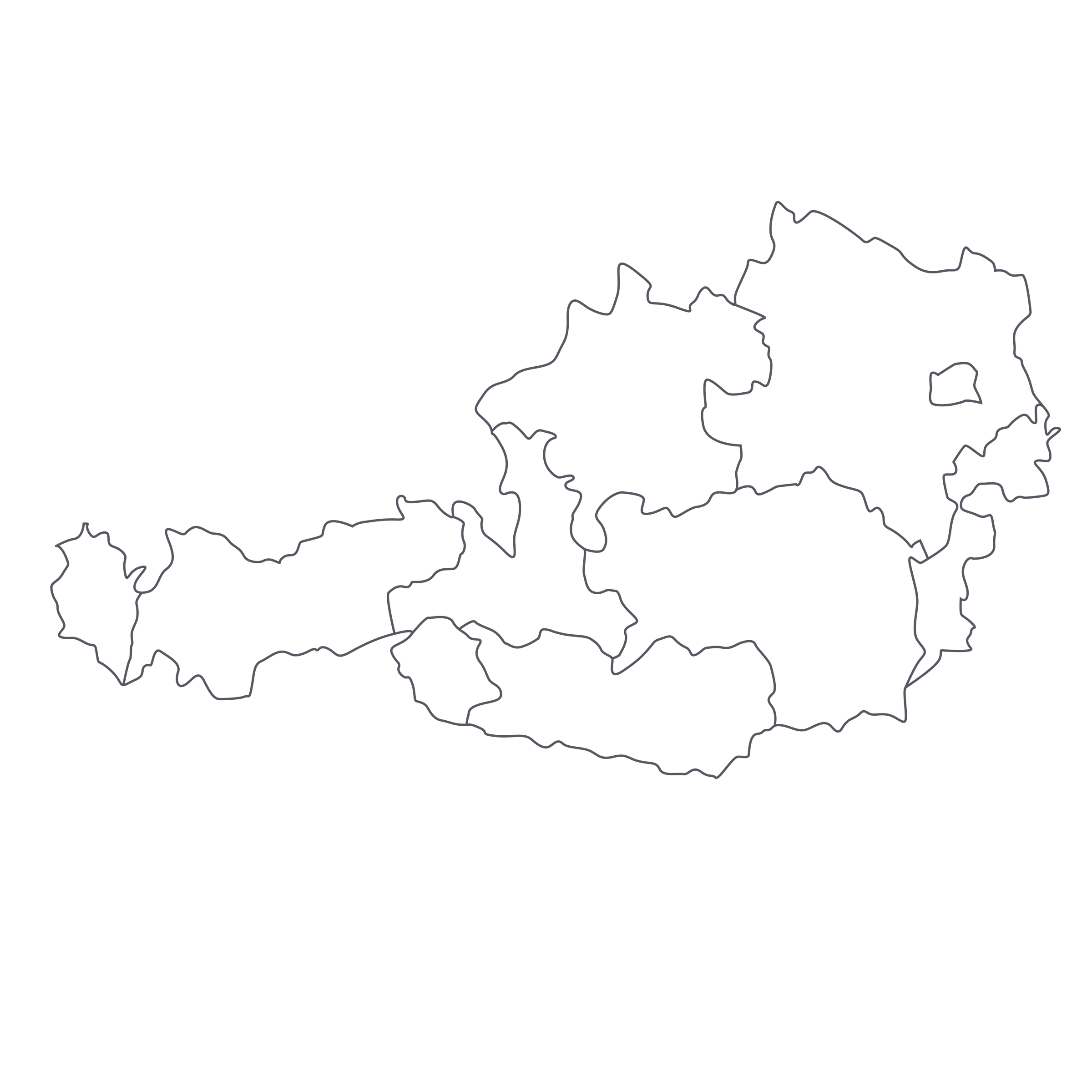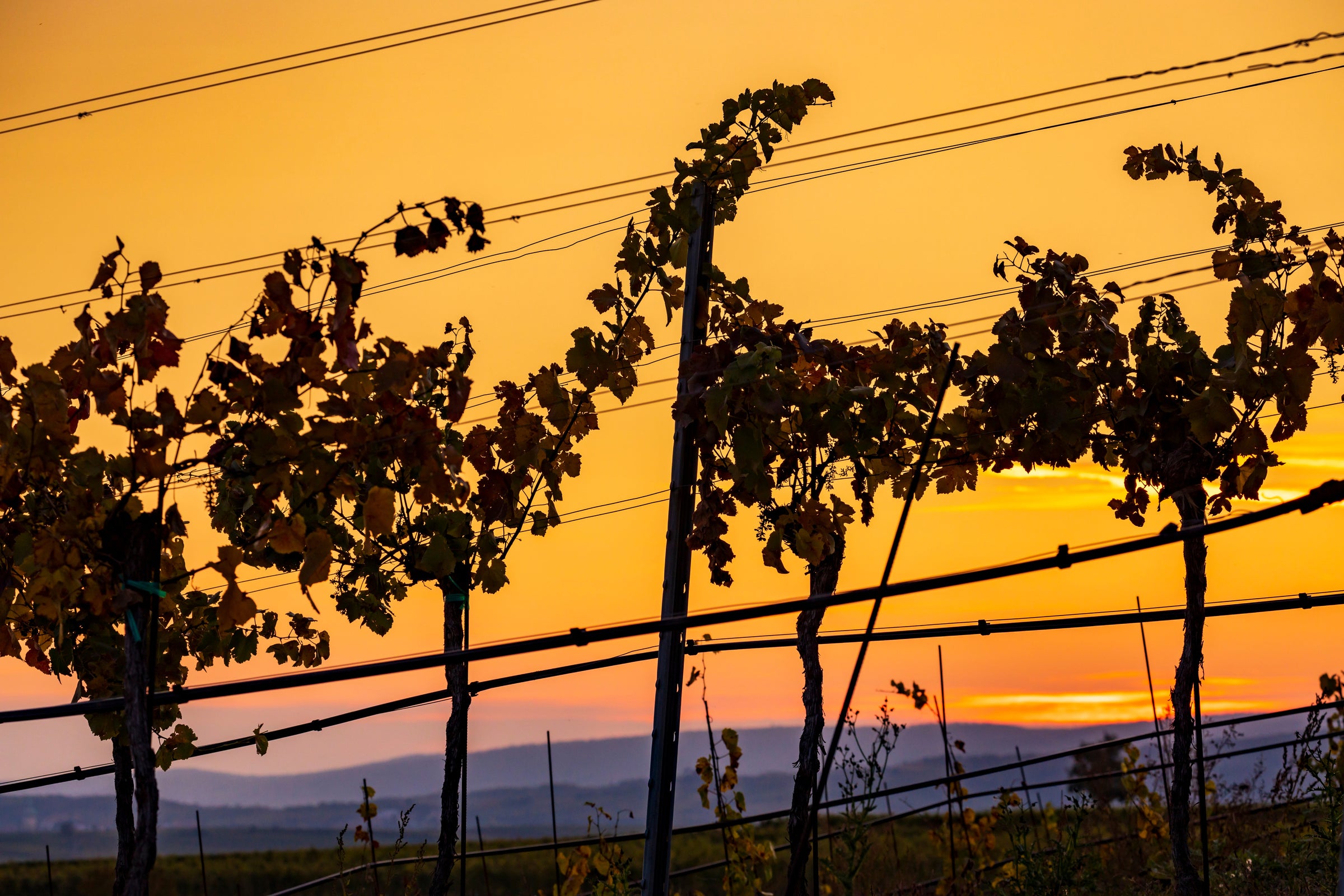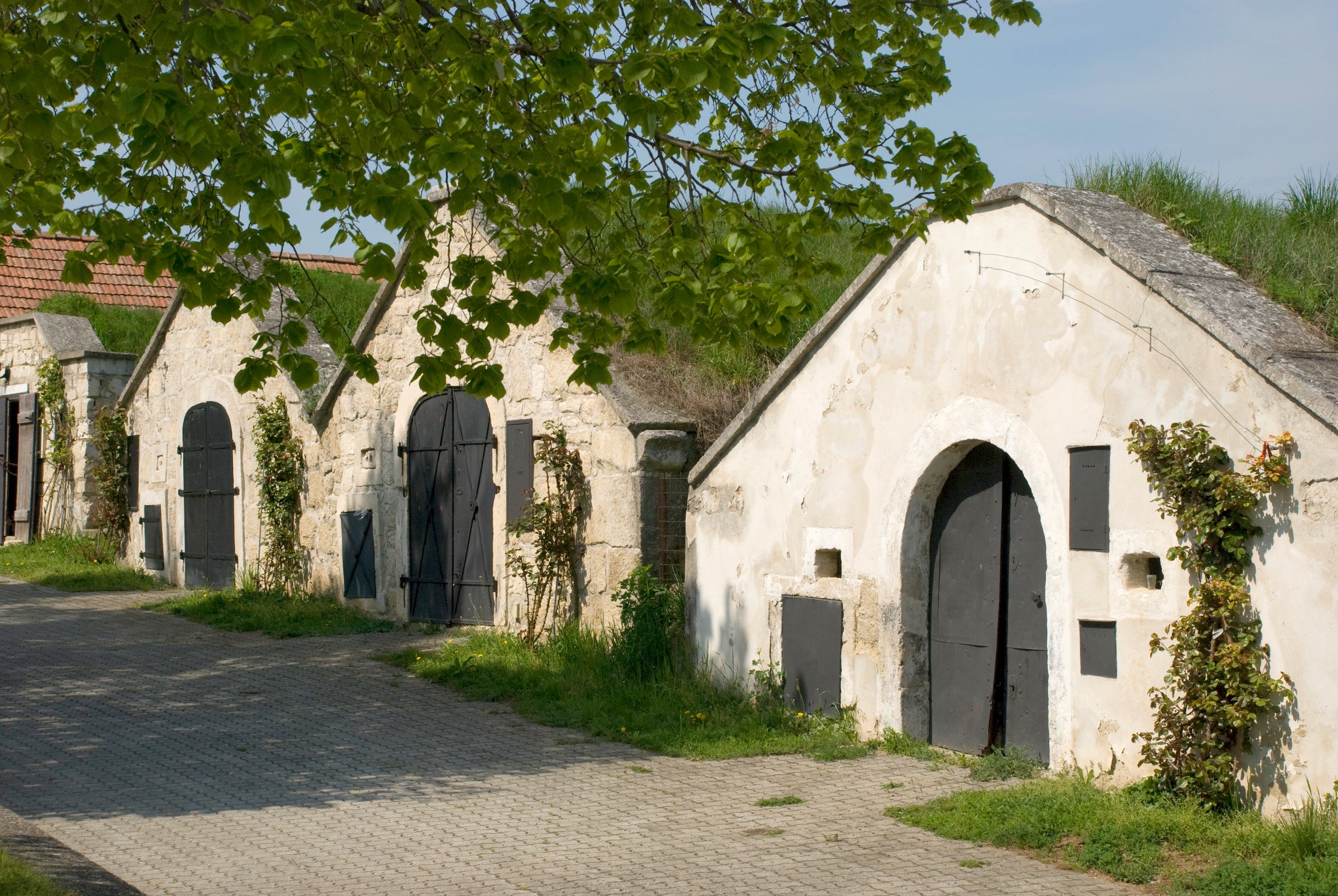Not too long ago, I took an idyllic boat ride down the Danube with Tegernseerhof owner Martin Mittelbach. We drifted forward, following the pace of the slow-moving current with about 10 different bottles (referring to vineyards up on the slopes) and open eyes. I sat back, sipped, and listened as Martin and the captain (some crazy geology geek) pointed out terraced hillside vineyards and how the soils differed from here to there while we tasted.
As steep riverbank escarpments revealed themselves after each bend in the river, my jaw slacked upon realizing that years would be needed to even begin understanding the plenitude of soil expressions here. It just goes to show how much influence the terroir can have on a single-vineyard bottling in Wachau. We’ve offered many before, but today, I decided to bring you a bottle that combines everything Martin showed me on the river that day. Enter “Bergdistel,” a fresh blend of his top riverbank vineyards made in the ‘Smaragd’ style, which is picked a few weeks later to develop more flavor and ripeness. This concentrated Grüner Veltliner has layers of richness tamed by a wonderful mineral edge that keeps it from being too heavy or cloying. For me, this is a ‘desert island’ wine I could drink for months on end, and for the price, it is hard to find better Smaragd Grüner Veltliner on the market. I can’t glow enough about Martin’s wines, and if you have not yet tried a white from the Wachau, this is where to start.
Tegernseerhof’s history reaches back nearly 1,000 years; the winery was built in 1176, shortly after the Holy Roman Emperor, Henry II, granted the land to the Benedictine monastery of Tegernsee. The fifth-generation Mittelbachs are the current stewards of this land, and Martin Mittelbach is a traditionalist in the very best sense. Their impossibly steep, terraced vineyards require a monumental level of dedication. Today’s “Bergdistel” bottling comes from several vineyards that line the Danube in a wide, U-shaped fashion. The majority of Martin’s vineyards are clustered together and largely consist of rocky soils like granite, slate and gneiss. This, along with dramatic diurnal shifts, creates immense minerality, tension and bright acidity within this concentrated Smaragd style.
Here in the Wachau there is a classification system that regulates all dry wines into one of three categories: Steinfeder, Federspiel, and Smaragd. This term on the label refers to ripeness level of the grapes at the time of harvest. Steinfeder, translating to “stone feather,” is the lightest style and cannot exceed 11.5% alcohol when bottled; it is not often seen in the U.S. market. Federspiel, named for the traditional, local art of falconry, is the next ripeness level and enjoys more texture and richness at 11.5% to 12.5% alcohol at bottling. Today’s offer, meanwhile is Smaragd, the richest style. Smaragd translates to “emerald,” and is named for a local, green lizard that surfaces to sun itself in the vineyards. Historically, this was when growers knew it was time to pick. The Smaragd level must attain a minimum of 12.5% alcohol but many bottlings easily exceed that.
In the glass, 2016 “Bergdistel” shows a concentrated, yellow-gold core that is brightened by green reflections on the rim. On the nose, you’ll pick up classic varietal character, followed by the intensity Smaragd brings to the table: melon skin, pineapple, ripe peach, yellow apple, preserved lemon, honey, white pepper, snap pea, cucumber peel, wild herbs and wet rocks. The palate shows its rich style with a trace of phenolics and a slight touch of sweetness (less than 5 grams per liter) that equalizes the two. It’s ripe fruit, subtle spice, and textured minerality coats your mouth with a cooling burst of freshness throughout the finish. It’s a marvelous, complex—almost enigmatic—wine that will age for years to come, hitting full-stride around its sixth birthday. Due to its youth, decant this up to an hour and do not serve too cold (55 degrees would be best). This is a hedonistic experience in itself, but if accompanying with food, prepare the attached schnitzel recipe for a quick trip to Austria at home.






